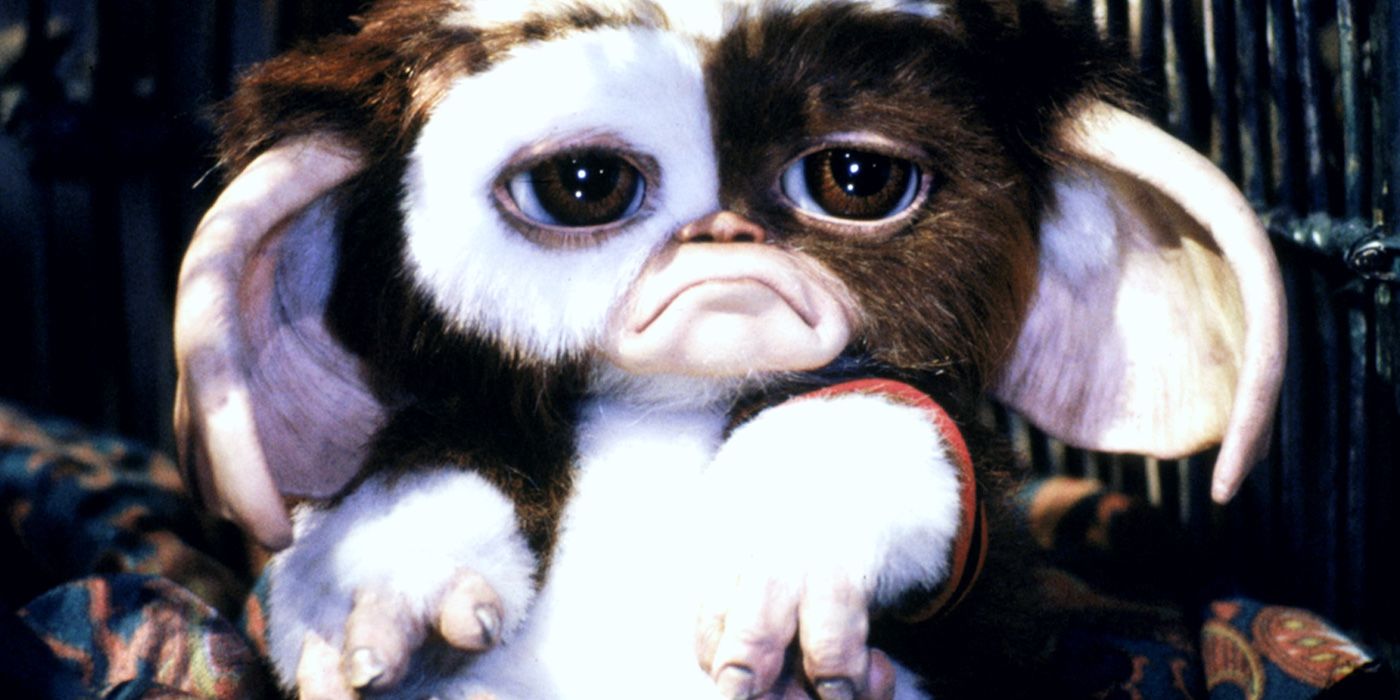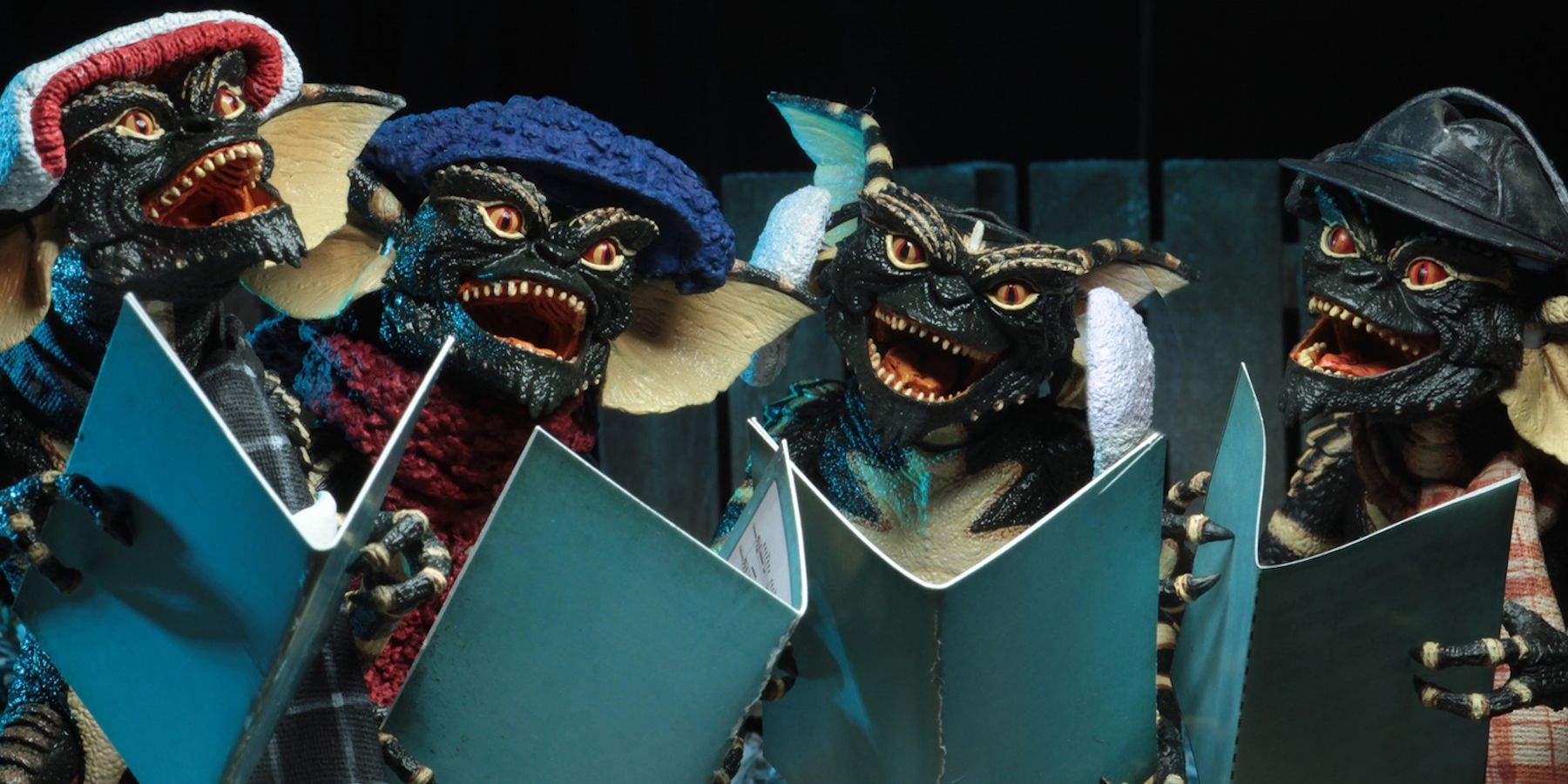Gremlins is clearly a horror movie, so why was it marketed to children? When it came out in 1984, a lot of advertising led people to believe it was a family-friendly film, but when they took their kids to see it they soon found out otherwise.
Some of the first trailers for Gremlins featured Gizmo, a cute and cuddly little creature called a Mogwai that parents thought their children might enjoy. These trailers neglected to show or even mention the ghoulish creatures that come out of Gizmo after water is spilled on him. They also didn't show them ruthlessly killing an old lady for laughs, or a gremlin exploding in the microwave, its guts splattering everywhere. Although tame by today's standards, Gremlins still has several moments of gore and scares that can easily become nightmare fuel for kids.
After the success of E.T., Hollywood saw that there was a new audience to cater to. This audience liked wholesome, family-friendly storylines, but with more of an edge. Filmmakers, eager to tap into this new demographic, quickly started producing these kinds of movies. Gremlins was one of them. Nevertheless, its trailers purposely copied the style and colors of Spielberg's hit, leaving everyone to believe they were going to see a heartwarming story, rather than a horror-comedy. Thus, Gremlins was marketed to both children and their parents.
Why Gremlins Was REALLY Marketed To Children
The real reason Gremlins was marketed to children has a lot to do with Steven Spielberg. Not only because of E. T. but the same year Gremlins was released, so was Indiana Jones and the Temple of Doom. Both films received a PG rating. At the time, films were rated either PG or R, and there was nothing in between. Although neither film has any serious swearing and their gore is never over the top—except for the famous beating heart scene in Indian Jones 2—they're clearly darker than their PG ratings imply. Spielberg, who had made several of these kinds of movies and had plans to make more (such as The Goonies, which was set to be released the following year), went to a friend of his and made the suggestion for a PG-13 rating. This new rating was perfect for a film like Gremlins, which appealed to older children and teens.
Of course, it was too late to give Gremlins a PG-13 rating. The damage had already been done. An entire generation was scarred for life, which didn't stop Spielberg. In fact, most of his early films can be seen as horror movies for kids, and his success and that of other films like his—such as Gremlins—helped to form an appreciation for darker characters and storylines. In the end, despite many outraged parents, Gremlins was a big hit that is now considered a classic. It even spawned a sequel in 1990, although Gremlins 2: The New Batch was given a PG-13 rating.


